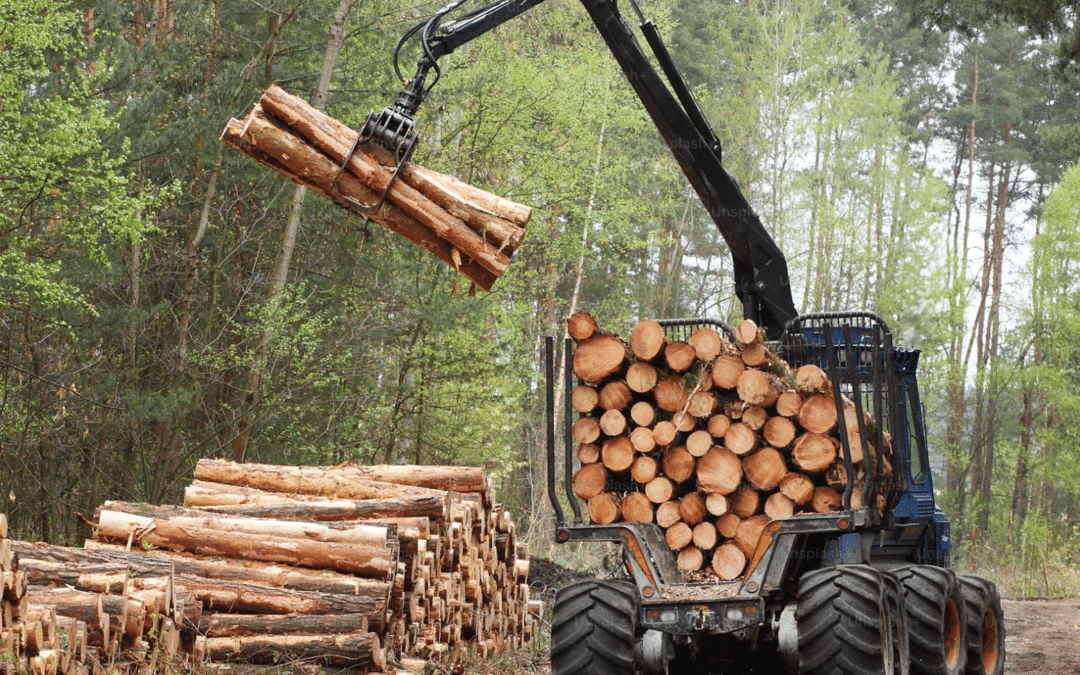Timber vs plastic packaging sparks growing debate as businesses choose materials for shipping and storage. As industries increasingly look for sustainable, reliable, and cost-effective solutions, understanding the full environmental impact of each option is essential. In this blog, we dive into the lifecycle, carbon footprint, and disposal implications of both timber and plastic packaging. This will help you make an informed decision for your business.
Timber Vs Packaging: Material Sourcing and Production Explained
The environmental impact of packaging starts long before it reaches the warehouse or shipping yard. When sourced responsibly, timber comes from renewable forests that people can replant and manage sustainably. Many timber packaging providers, including Integrated Timber Solutions, adhere to strict certifications such as FSC (Forest Stewardship Council) to ensure ethical and environmentally sound harvesting practices.
Packaging begins to affect the environmental impact well before it reaches the warehouse or shipping yard. The production process for plastic is energy-intensive, emitting a significant amount of greenhouse gases. Unlike timber, plastic resists natural decomposition and cannot be replaced through renewable processes.
Carbon Footprint: Timber Takes the Lead
One of the most compelling arguments in the timber vs plastic packaging debate is the carbon footprint. Timber is a carbon sink – trees absorb CO₂ as they grow. That carbon then remains stored in the wood even after it’s turned into packaging materials.
Plastic packaging has a much higher carbon footprint, both in its creation and disposal. According to various lifecycle assessments, plastic pallets can emit up to five times more CO₂ over their lifespan compared to timber, depending on the use case and recycling practices.
Durability and Reusability
Many people praise plastic packaging for its durability and moisture resistance, which make it especially useful in certain environments. However, timber packaging, especially when properly treated, is also highly durable and suitable for international shipping and long-term storage.
Timber packaging is also reusable. Users can repair, repurpose, or recycle wooden pallets and crates into wood chips or mulch once they reach the end of their life. This adds to the circular nature of timber products – a key consideration in reducing environmental impact.
End-of-Life Disposal
One of the biggest environmental concerns around plastic is its end-of-life impact. If not recycled – and recycling rates for plastic remain low globally – plastic packaging ends up in landfills or, worse, the ocean, where it takes hundreds of years to break down.
Timber, however, is biodegradable. Even if it ends up in landfill, it breaks down over time without releasing microplastics or harmful chemicals. Better yet, people can burn many timber products as biomass fuel, creating a renewable source of energy.
Regulatory Compliance and Sustainability Goals
With growing pressure from governments and consumers to adopt greener practices, timber packaging aligns well with sustainability goals and compliance requirements. Regulations such as ISPM 15 – which governs the treatment of wood used in international shipping – ensure timber packaging meets international standards for pest control, making it a safe and compliant option for global trade.
Plastic packaging does not require such certifications, but it also doesn’t contribute to sustainability targets in the same way timber does.
A Natural Choice
When comparing timber vs plastic packaging, the environmental benefits of timber are clear. From renewable sourcing and lower carbon emissions to better end-of-life options and alignment with sustainability goals, timber emerges as the more eco-conscious choice.
At Integrated Timber Solutions, we’re proud to provide high-quality timber packaging products that support both performance and sustainability. Whether you’re shipping locally or exporting globally, our solutions are built with the environmental impact in mind.


Recent Comments